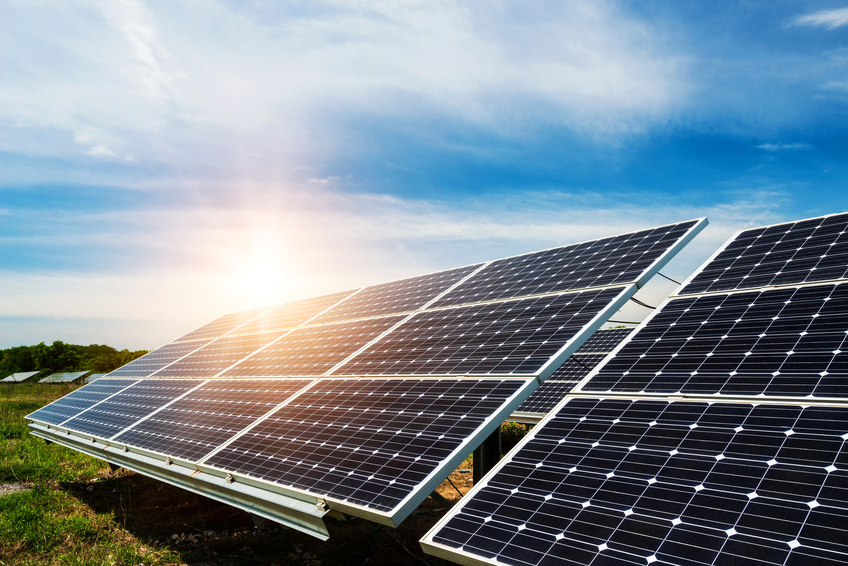
Early in January, solar energy developer SunShare said the company has reached an exciting milestone– thanks to community solar initiatives in the state of Minnesota, SunShare has developed 77 community solar gardens that together produce 105 megawatts of electricity, exceeding their goal of 100 megawatts.
Minnesota has spearheaded the nation’s largest community solar project. SunShare is only one company that works with the state to erect solar gardens– in total, Minnesota now boasts 169 solar gardens that together produce about 505 megawatts.
Back in 2013, many state residents were frustrated that they could not invest in solar energy resources. Residents could not install their own solar panels either because they rented their homes, or because their home’s roof could not support the technology.
In response to rising demand, the state started a program promoting the construction of community solar gardens. These small-scale gardens generally produce one to five megawatts each. Local residents and businesses who are interested solar but who can’t set up their own panels can access renewable energy through the shared, small-scale solar array.
Across the United States, solar gardens have been on the rise. Though total market share of developed solar is small (about 0.3% of total capacity), the deployment of community solar projects has been growing at more than 10% per year since 2012. SunShare itself runs projects in Colorado, and at least 25 other states have similar community solar projects.
According to The Star Tribune, other states are following in Minnesota’s footsteps. David Amster-Olszewski, SunShare’s founder and CEO, noted that New York, Illinois, and New Jersey all have growing markets for community solar.
The success of SunShare and other solar developers is somewhat surprising and encouraging, given recent events. As Energy News Network reported, solar retail rates have been falling, and the federal solar investment tax credit is scheduled to decline from 30% this year to 26% in 2020.
Developers expected interest in new community gardens to slow after these economic changes. To their surprise, applications actually surged through the end of 2018. In fact, Xcel Energy reported that applications for the program tripled from 65 in 2017 to 205 in 2018. One possible reason for this spike could be that communities want to capitalize on higher rates before the changes take place.
Though experts remain uncertain about where small-scale solar initiatives will go in 2019, one fact remains clear: communities want access to renewable energy. The shape of these programs may change in the coming months, but community solar will likely continue to flourish throughout Minnesota and other innovative states.






